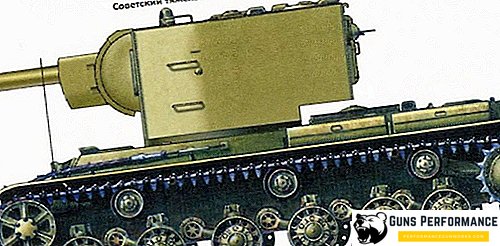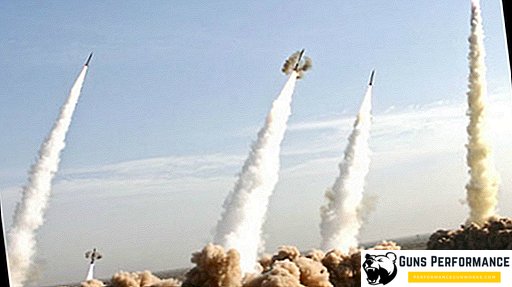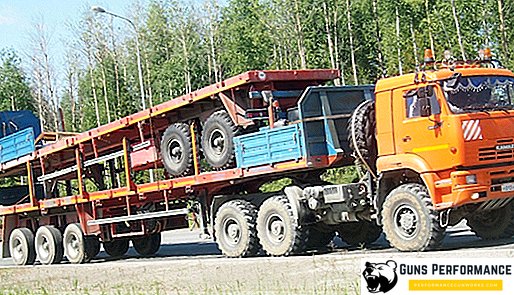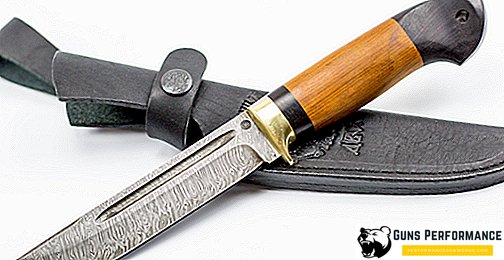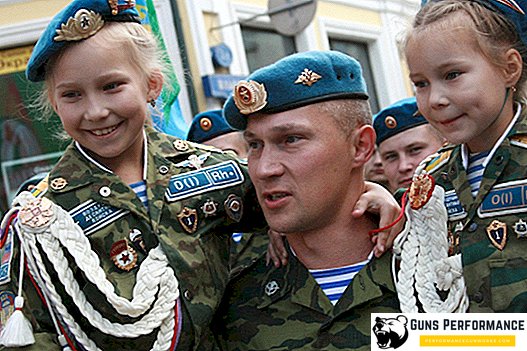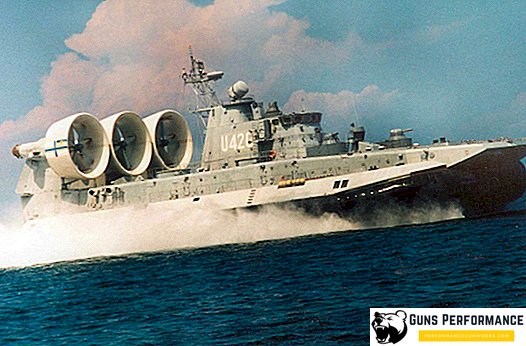Bell AH-1 Cobra is an American attack helicopter created in the 1960s by Bell Helicopter Textron. AN 1 Cobra - the world's first specially created combat helicopter. It was used with great success in the Vietnam War, as well as in armed conflicts. Helicopters AH 1 Cobra are still in service with some countries, including the United States.
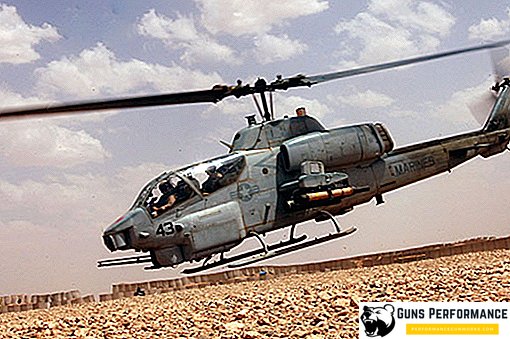
The history of the creation of the helicopter Bell AH-1 "Cobra"
Work on the design of combat helicopters in the United States began in the 1950s after the successful use of transport and light multi-purpose helicopters during the Korean War was demonstrated in practice. To speed up the development of a new combat helicopter, which was required in connection with the Vietnam War, it was decided to use in its design the systems and units of the multipurpose helicopter "Iroquois", which had a good reputation for operation.
Requirements for this helicopter were not formed by the army, so Bell had to develop the machine at its discretion. The company has previously developed the concept of the Warrior helicopter, which allowed solving a number of important problems, as well as determining the optimal layout of the weapons, the cockpit and the helicopter itself.

In 1965, the construction of the first experimental helicopter was completed, it was named AH-1, its first flight took place on September 7, 1965. The flight of the pre-production helicopter took place in November 1966. Helicopter AH 1 began to be supplied in series since June 1967, and in September they began to be used in battles in Vietnam.
Specifications helicopter Bell AH-1 "Cobra"
The main tactical and technical characteristics of the AH 1 Cobra are as follows:
- Adoption - 1967.
- The diameter of the main screw is 13.41 m.
- The tail rotor diameter is 2.59 m.
- Height is 4.09 m.
- The length is 13.59 m.
- The mass of the empty helicopter is 2993 kg.
- Normal take-off weight is 4524 kg.
- Maximum take-off weight is 4536 kg.
- Domestic fuel is 980 liters.
- Engine type - Textron Lycoming 1 GTE T53-L-703.
- The declared power is 1825 hp
- Takeoff power is 1310 hp
- Power during the flight is 1150 hp
- The maximum speed is 315 km / h.
- Cruising speed is 227 km / h.
- The range is 507 km.
- Rate of climb is 494 m / min.
- The practical ceiling is 3720 m.
- Static ceiling is 3720 m.
- The crew is 2 people.

Armament:
- Three-barrel 20-mm gun M197 Vulcan 750 rounds.
- Combat load on 4 suspension nodes is 1542 kg.
- 2 PU LAU-68 and 8 (2x4) ATGM BGM-71 TOW or 19x70-mm NUR or LAU-6 with 7x70-mm.
- It is possible to install 2x8 UR AGM-114 Hellfire, 4 UR AIM-92 Stinger, containers with machine gun and cannon armament, two 40 mm grenade launchers.

Modifications Bell AH-1 "Cobra"
The AN 1 Cobra helicopter was produced in the following modifications:
- AH-1G - serial modification.
- AN-1E - modification with a nose turret under a 20-mm four-barreled gun.
- AH-1F - Modification created to fight tanks.
- AH-1J "Sea Cobra" - a helicopter having improved power characteristics - two Pratt-Whitney RT6T-3 engines with a total capacity of 1,800 hp were installed.
- AN-1P - modification with blades of fiberglass.
- AH-1Q - Modification for combat tanks.
- AH-1R, S - modifications, including a four-blade main rotor, a more powerful engine and advanced electronic equipment.
- AN-1T - the development of modifications AH-1J, engine power increased to 2050 hp
- AH-1W Super Cobra - An improved version of the AN-1T, which included Hellfire anti-tank missiles using a laser guidance system, Stinger or Sidewinder missiles. AH-1W Super Cobra shipments began in 1985.

Design features of the helicopter
- The two-bladed main rotor, which had a diameter of 13.4 m and a “type 540” sleeve, as on the UH-1E, however, differed in the end parts of the blades with high-speed profiles.
- Large power capacity: the AN 1 Cobra helicopter with a take-off mass of 4310 kg was supplied with one gas turbine engine, which had a power of 1030 kW.
- The crew consisted of the shooter, who was in the front cabin, as well as the pilot, located in the rear cabin above the shooter, with improved visibility.
- Fuselage with reduced drag and improved aerodynamic shape.
- Reservations of the side projections of the engine, crew cabin, as well as the most important units.
- The use of the wing for placing weapons and unloading rotor.
- The composition of the avionics included communications, NSC, sighting and navigation equipment (without radar). The means of defense include the equipment for the shooting of LTC and DO, including smoke bombs.


